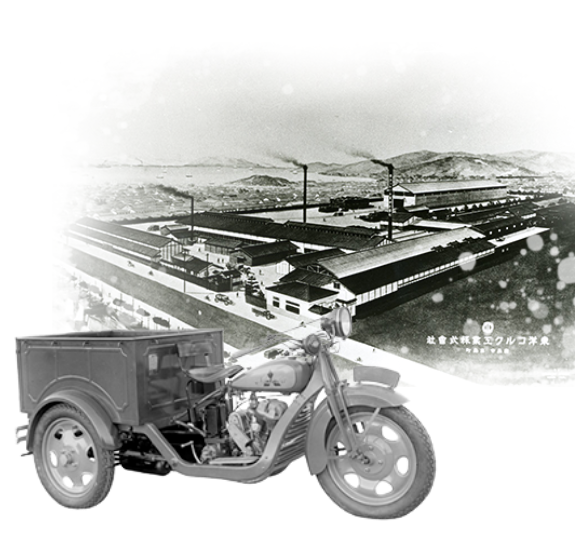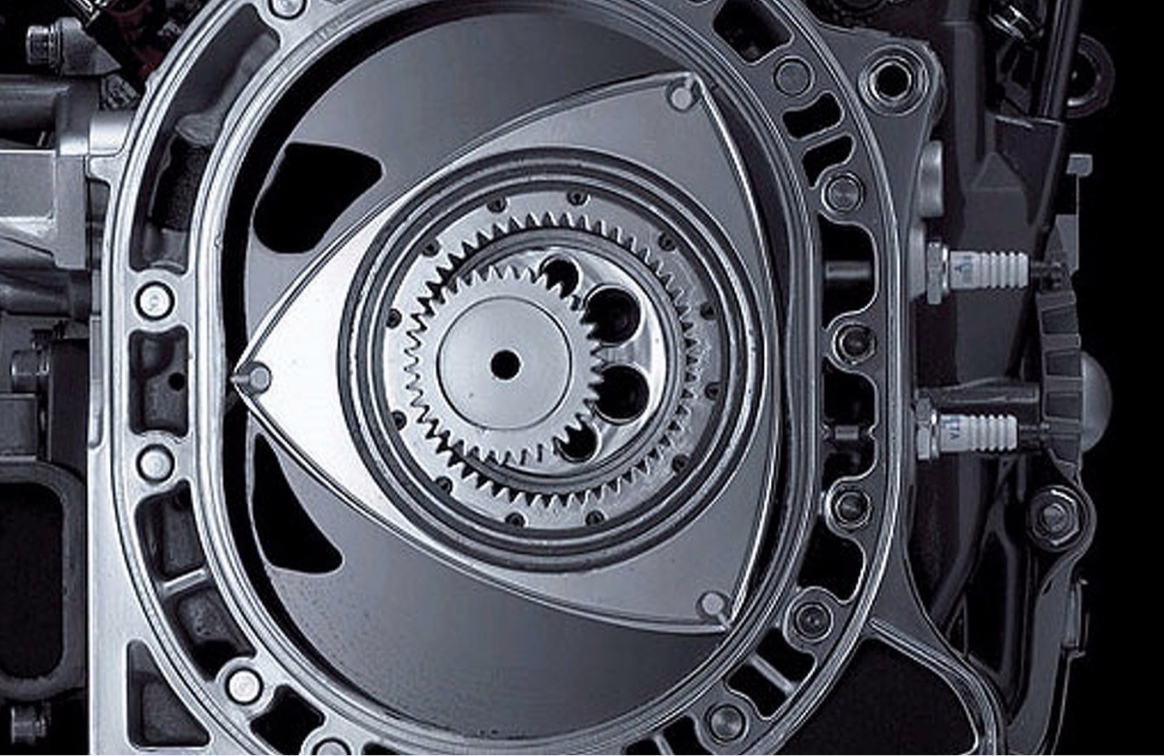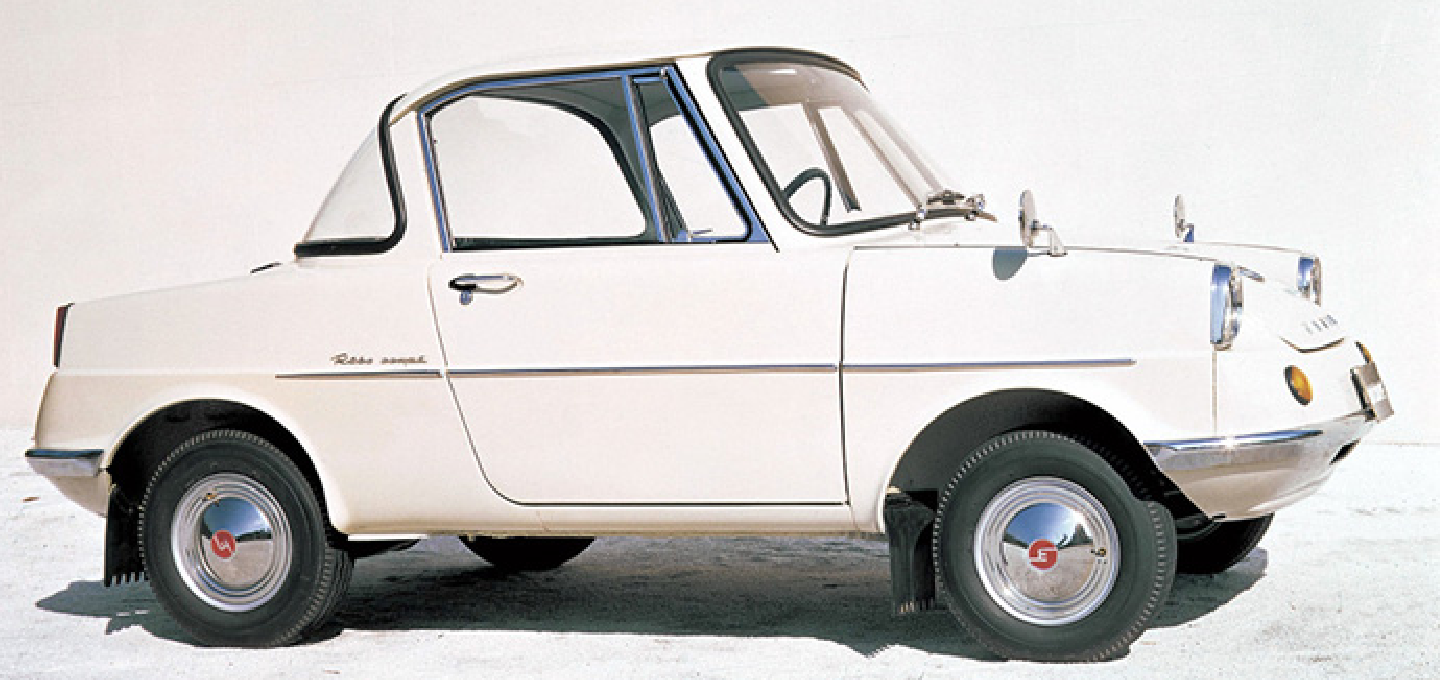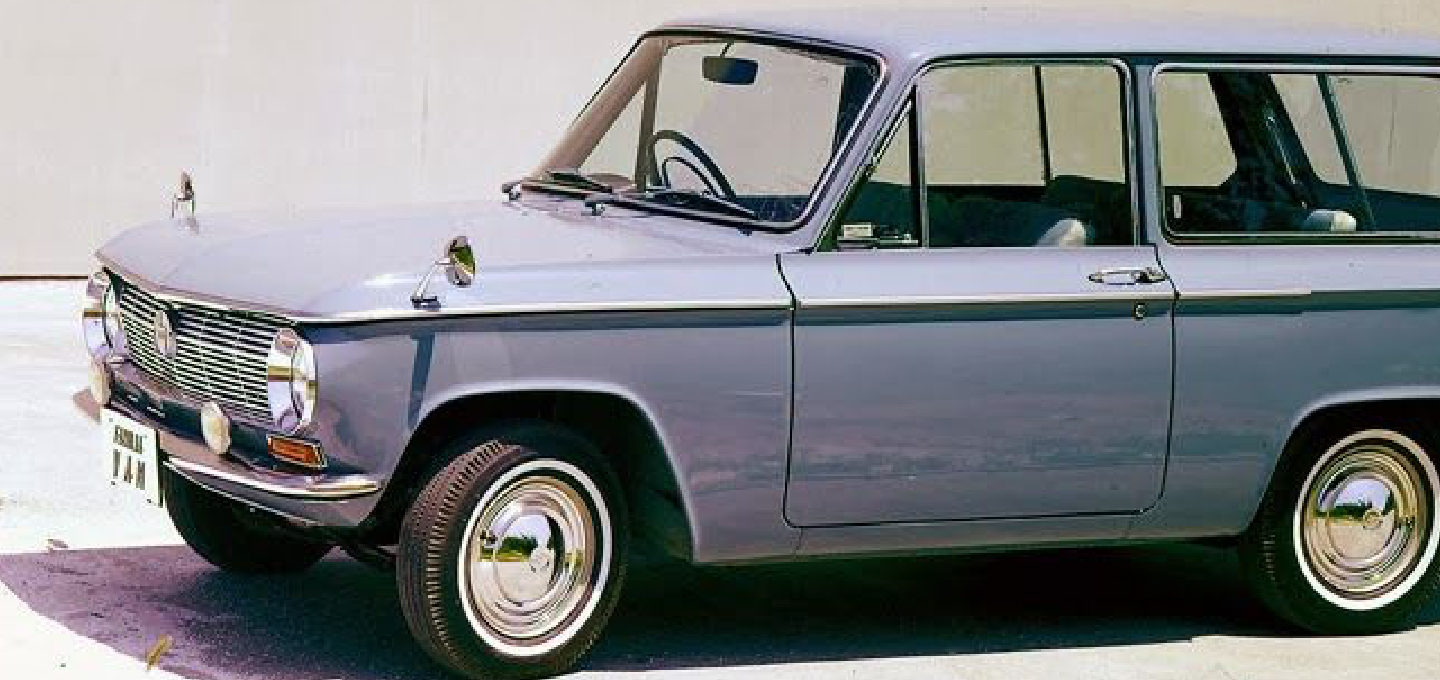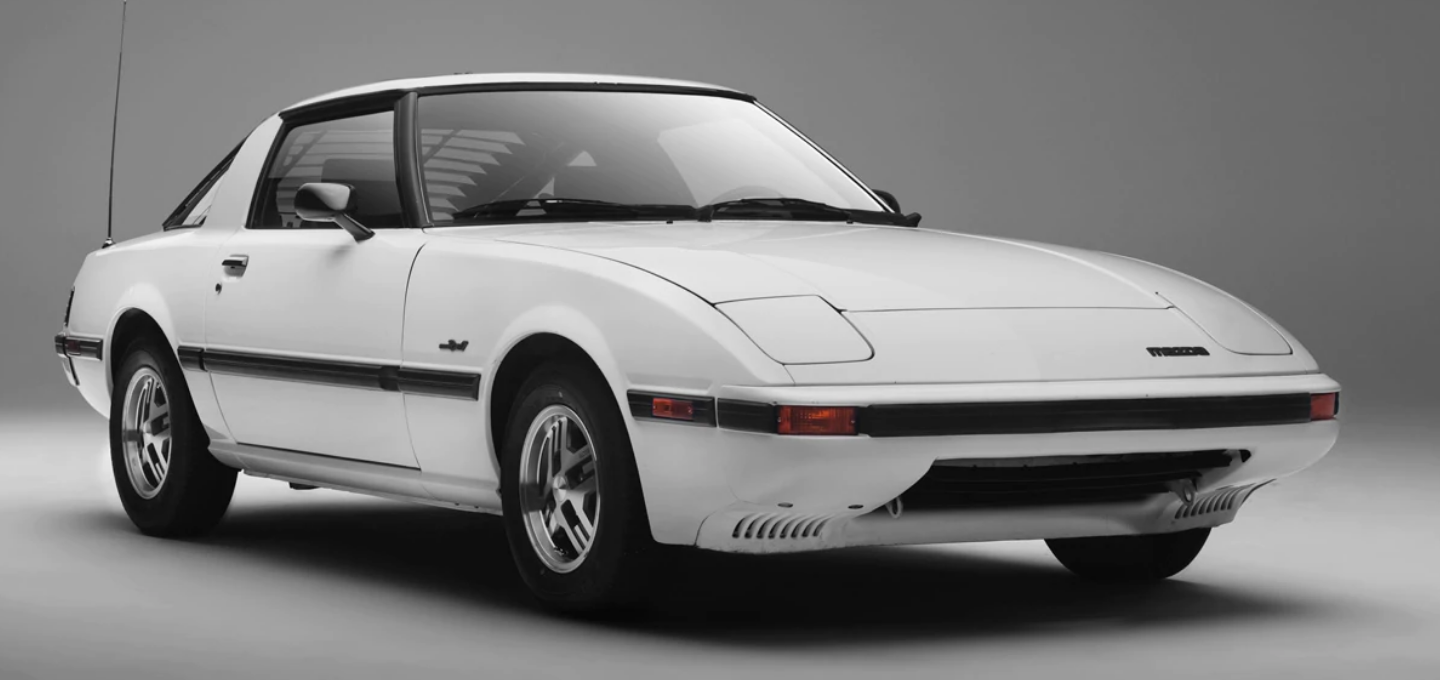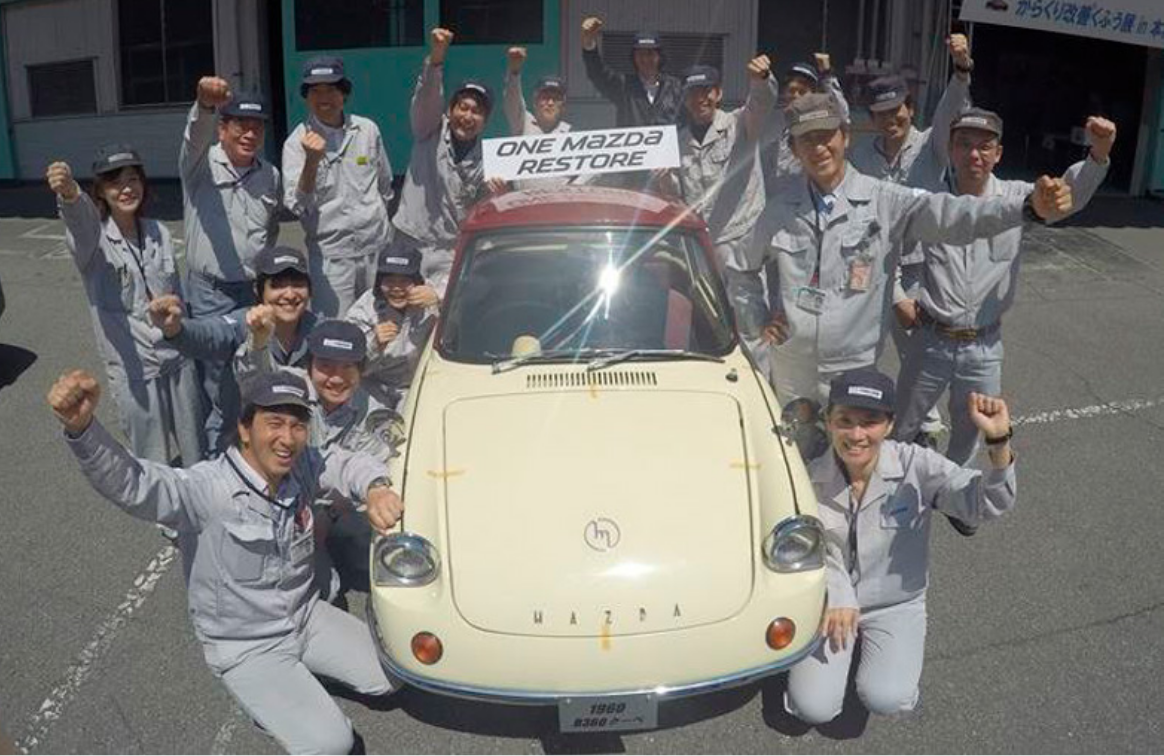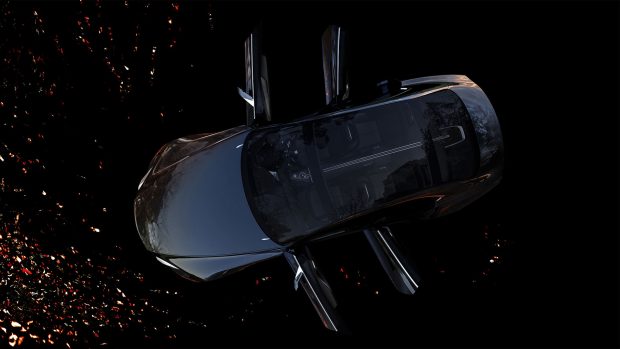
Design
We believe that every aspect of a car should be crafted around the driver.
READ MOREA lot can happen in 100 years. But there are things that just remain the same. Mazda's long journey towards its 100th Anniversary milestone reflects on its steadfast commitment to deliver quality workmanship through thoughtful innovation and unrelenting passion.
These guiding principles which have lit our way over the past century, will continue to motivate us as we pursue more years of "co-creating with others." The quest for a harmonious co-existence among People, Earth and Society lives on. This is the Mazda Way.
What we know now as an automotive brand today has its roots in a person's unrelenting dream. Jujiro Matsuda, the second president and substantial founder of Toyo Kogyo Co., Ltd in Hiroshima, laid the groundwork for the company's renowned manufacturing prowess.
The "Mazda-go", a three-wheeled truck the company launched in 1931, was instrumental in rebuilding the countryside devastated by earthquakes and war. But more importantly, it was Matsuda's vision to produce quality products that delighted customers that continues to anchor Mazda's corporate mission and focus.
Defy Convention. This has been the sole defining trait that has guided Mazda as a company for the last 100 years. When it decided to adopt the low-displacement, light-weight, high-power, Wankel rotary engine to create a unique space for itself in the Japanese auto industry, Mazda relied on its engineering might to solve a recurring problem with the technology. The engine's high speed rotors caused abnormal wear or "chatter marks" that made the engine impractical to mass produce. Through hardwork and years of testing, Mazda engineers discovered the use of carbon infused with aluminum as a key material for the rotors' apex seals. The result is a generation of vehicles that cemented Mazda in the annals of automotive history.
Nothing proves the reliability and ultimate performance of an automobile better than racing. Since 1968, Mazda has been in various race tracks and outbacks to prove its worth. Years of winning through innovation and reliability have inspired us to do more, and to do them better. It also put the sportlight on our very own rotary engine.
From the Cosmo Sport 110S which finished 4th in its very first race, to the dominating RX-7 which earned 100 first place trophies in the International Motor Sport Association (IMSA) GT races in the US, and culminating in the 787B which won the highly coveted 24 Hours of Le Mans in 1991. All these victories are a tribute to the indomitable Challenger Spirit of Mazda designers and engineers who never gave up despite the opposition and skepticism that challenged their way.
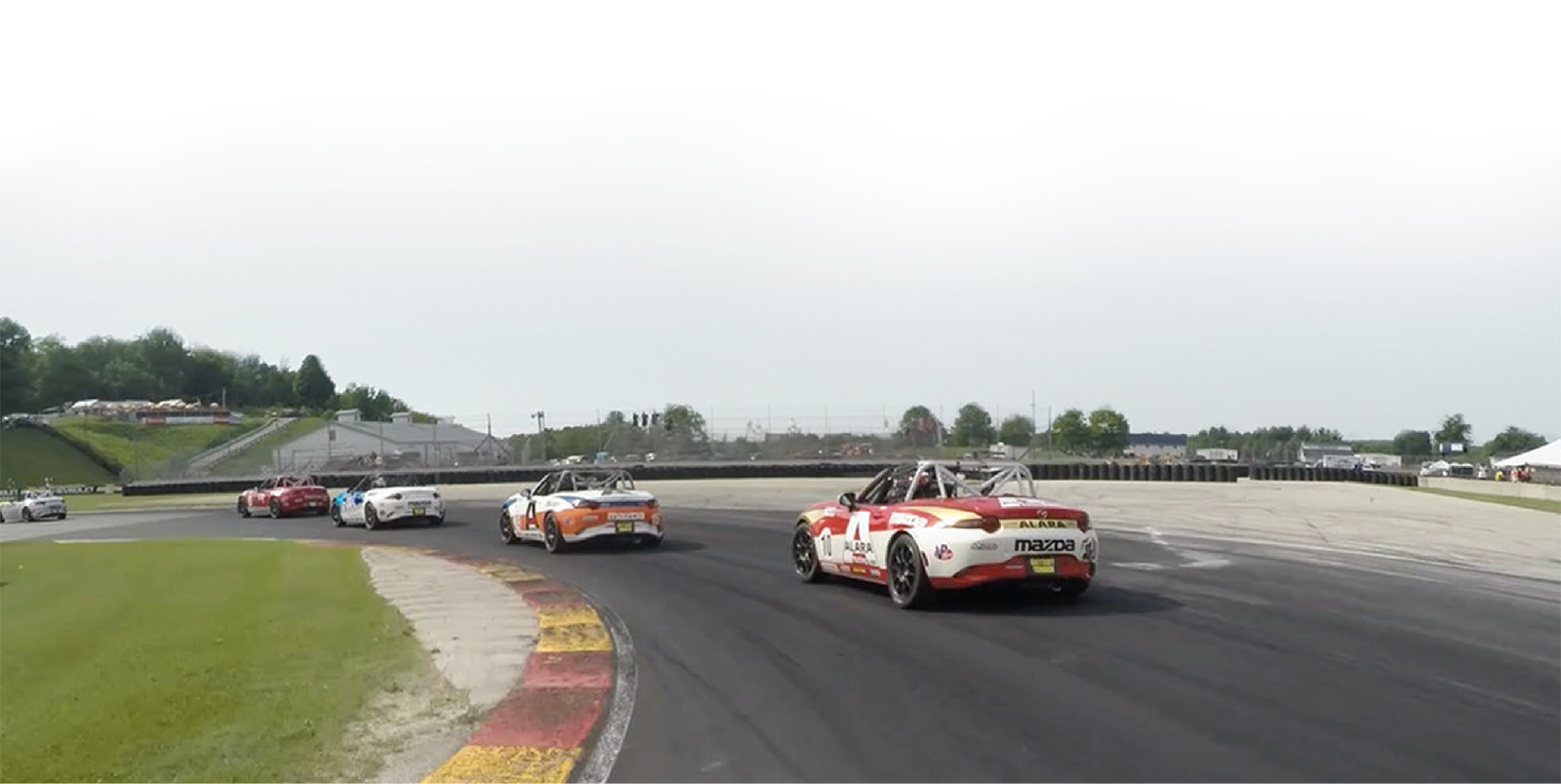
Mazda introduced its very first four-wheeled car with much fanfare in 1960. Through the use of modern manufacturing technology, and the adoption of new automotive innovations such as the four-stroke engine and the torue converter, Mazda was able to bring down the cost of its cars and gave more people the ability to own one. The Mazda R360 broke the mold of expensive micro-mini cars during its time.
True to its name, the idea for the Mazda Familia began as a vehicle that would cater to family outings. But market research in the 1960s revealed that people preferred vans that were a step up in comfort and performance above the micro-minis. Thus the Mazda Familia van was unveiled in 1963. Its linear and taut design was a runaway hit for the masses. Its popularity took it to the top of its class in sales just four months after its launch.
Buoyed by this succes, Mazda launched the Familia Sedan in October 1964. The ideal blend of performance, style and comfort were key to making the Familia name one of Mazda's most successful models.
A Legend is born. Japan first got a glimpse of the Cosmo Sport 110s in 1963. It was the first volume production sports car that was powered by a two-rotor engine. Its elegant styling and futuristic proportions enamored it to the public. But it would take Mazda another four years to launch it to the market as its engineers labored hard to produce a solution to the rotary engine's Achilles Heel - chatter marks in the inner rotor housings. Through hard work and Mazda's innate Challenger Spirit, the Cosmo Sport 110s was finally introduced in May of 1967.
With a 110ps power rating and a top speed of 185 km/h from its 491 cc x 2 capacity rotary engine, the Cosmo Sport 110s became famous for being the only sports car of its kind. Selling 30 units a month, it became a popular icon for the brand. To this day, living examples of the Cosmo Sport 110s continue to ply roads around the world, a testament to the endurance of Mazda technology and passion for innovation.
When Mazda set forth to create a lightweight sports car in the 1980s, it not only benchmarked the classic British roadster design, but also infused the inherent freedom driving one entails. The MX-5 brought Mazda’s Jinba Ittai or horse and rider as one philosophy to the fore.
Since its introduction in 1989, the Mazda MX-5 has become the symbol of pure, unadulterated driving. It is the culmination of Mazda's passion for innovation, technology and manufacturing. With over one million units sold, the MX-5 has earned the reputation as the most popular sports car in the world.
In March 1978, the Savanah RX-7 was introduced. Taking off from the rotary engine successs of the original Savanah coupe and sedan lines, the RX-7 would further establish Mazda's rotary engine superiority throughout its spirited existence.
Developed under Mazda's "The pursuit of driving pleasure" slogan, the RX-7 quickly made a name for itself with its lightweight, nimble handling. Combined with its smooth power delivery, an unassailable benefit of the rotary engine, the RX-7 became the embodiment of Mazda's sporting spirit for decades to come. With 100 wins in IMSA, it became a legend in American motorsports.
The inspiration of the RX-7 as a realization of Mazda's driving dream, lives on with every Mazda model sold today.
There is no doubt that over the years, Mazda has become a symbol of Japanese engineering prowess. With its never stop challenging attitude and the propensity to defy convention, Mazda has introduced real-world innovations that have helped changed the automotive landscape.
From the a car that defied cost and class, to the rotary engine which no one else was able to mass produce, to today's Kodo: Soul of Motion Design and Skyactiv Technology, and tomorrow's RX Vision and Vision Coupe, Mazda continues to make an impact not only in an industry that continues to evolve, but also with the people to whom it owes its storied existence.
Mazda continues to drive forward with a vision of co-existence and harmony among People, Earth and Society as it moves ahead to its next 100 years. Its enduring mastery in craftsmanship and engineering ensures its existence for generations to come.
